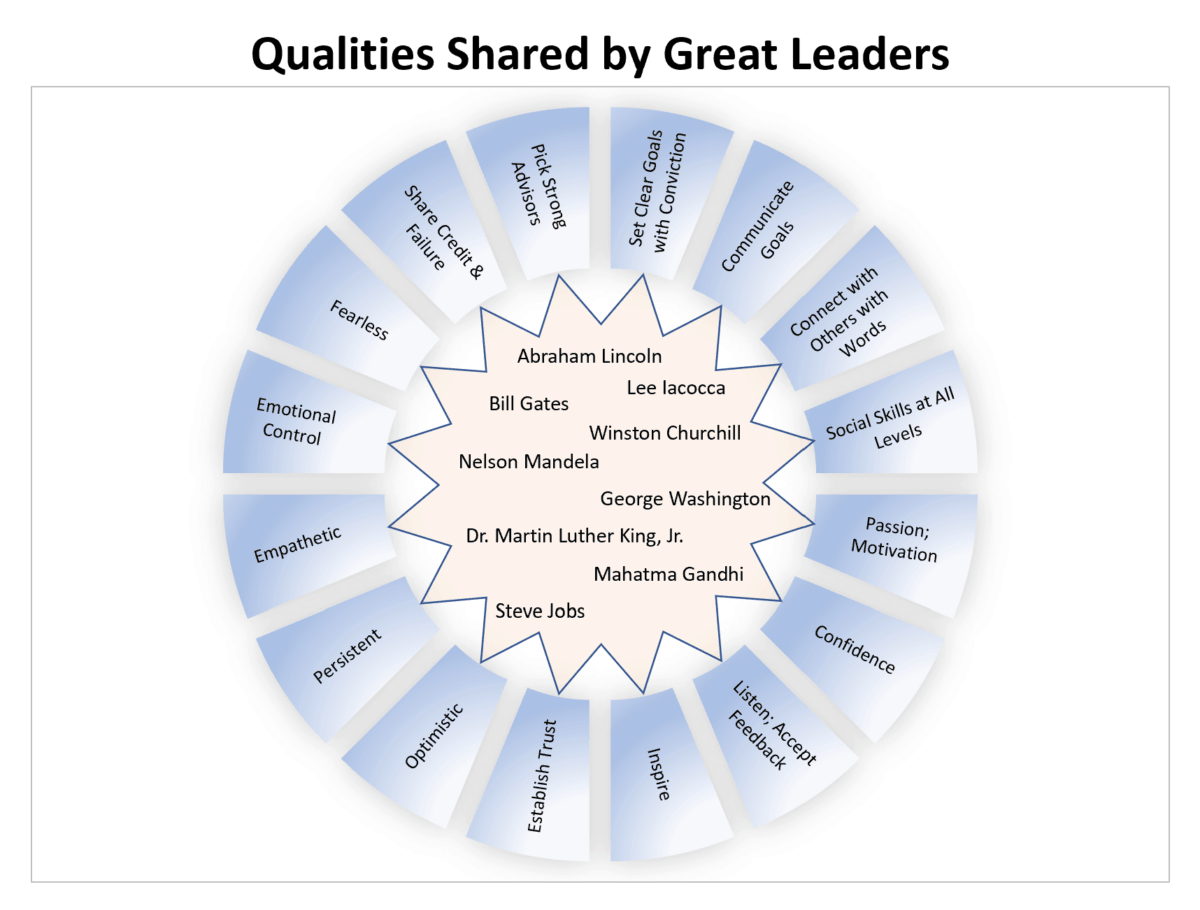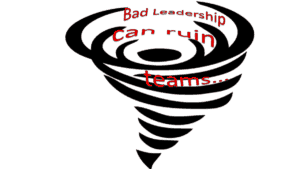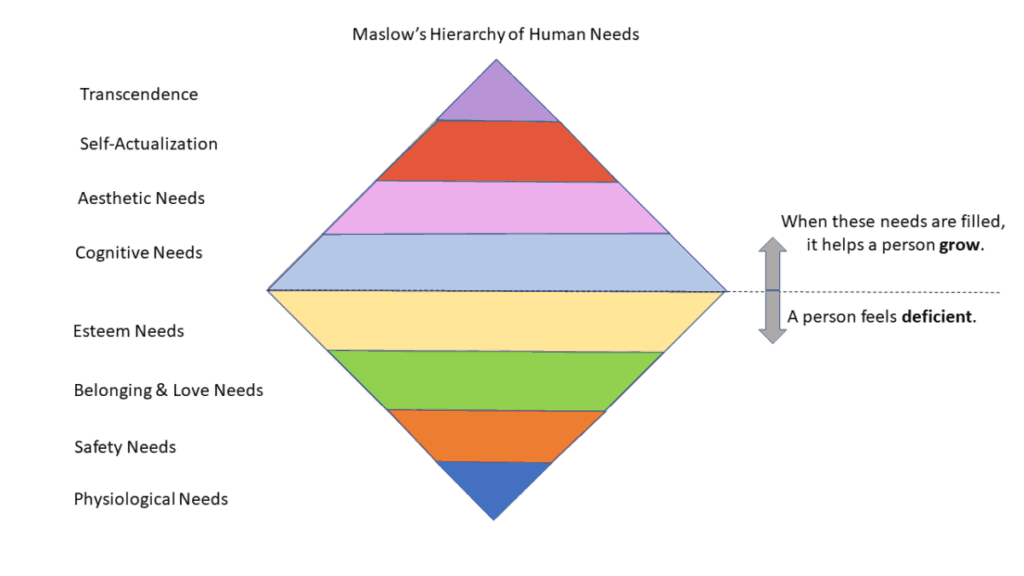Being in a position of leadership doesn’t make you a leader. Leadership effectiveness does.

Leadership effectiveness encompasses many traits in various combinations, and the true effectiveness is based on the leader’s ability to put these characteristics together in a way that motivates others to follow along. Some of the best leaders in history are stronger in some areas than in others, but ultimately use their strengths, their drive, and their passion to push the team forward towards reaching the team goals.
Effective leaders have:
- Confidence
- Ability to set clear goals and demonstrate belief in them
- Ability to communicate the goals
- Desire and ability to connect
- Passion / Motivation
- Strong social skills
- Empathy
- Emotional control
- Desire to collaborate
- Keen listening skills
- A way to inspire others
- Trust and establish trust
- Optimism
- Fearlessness
- Persistence
- Good advisors
The most effective, most evergreen leadership has these common characteristics. Some of these are quantifiable, for certain. Some, however, have much more to do with quality, and can sometimes be more difficult to measure.
Before getting into specifics on each, let’s take a look at some of the most memorable leaders in modern history and look at how they demonstrated leadership:

This chart was compiled through research on each of these leaders, and while some may have been stronger in some areas than others, and some demonstrated leadership qualities that were unique to them, all of them shared these good leadership characteristics. (You may notice that many of these characteristics overlap, with one not existing without the presence of another):
Confidence:
All of these leaders demonstrated confidence in their decisions and in themselves. While they may not have always had unwavering certainty that their direction was the best, or the outcome would work, they demonstrated that confidence to those who would follow.
Setting clear goals with conviction:
Their goals were clear. They looked at the end goal and set milestone to reach along the way to getting there. These milestones could have included goals for the leader him/herself, goals for subordinates, goals for the entire team, or all of these put together. The milestones were clearly defined so that everyone knew what it meant to reach them or fail to reach them. And the leader showed that they had belief in reason for each of the goals to be in place.
Communication of the goals:
Each of these leaders were clear and concise communicators of their vision. They communicated their vision to those closest them, and then goals were clearly communicated to larger groups of people.
Communication that establishes a connection with others:

These leaders weren’t just able to communicate their vision, but they were able to communicate in a way that connected with others. Through their words and how those words were presented, they were able to “rally the troops” and gain momentum with larger groups. What and how they used their words mattered, and they were good and getting their message out. (Have you ever noticed that leaders who are great at communicating their message in a way that connects with others are quoted for years afterwards? Think of Abraham Lincoln, Thomas Jefferson, Dalai Lama, Ernest Hemingway, Stephen Covey, Lao Tzu, Dr. Martin Luther King, Jr, Winston Churchill, Vince Lombardi, Eleanor Roosevelt, just to name a few. You can probably think of some quotes of their right now, right?)
Passion and self-motivation:
These leaders were able to use themselves – through their words, body language, and actions—to show passion for their causes, and are self-motivated. They lived their passion and inspired others who want to believe that strongly in something themselves. (See “inspiration”, below.)
Demonstrated passion can sometimes be an overwhelming motivator for people who want passion but don’t have it. Many people have become followers of people with unscrupulous causes because their desire to feel the same passion and connection to, well, anything. Sometimes they get caught up in initiatives far removed from their own beliefs. (i.e., followers in cults, Charles Manson’s group, gangs, etc.)
Social skills:
This has some overlap with several other characteristics in this list. These great leaders were able to make others feel a sense of connection to them, even if not directly. The leaders were able to make others feel that they could either relate to the leader, or more often, that the leader related to them and their own needs and desires.
Empathy:
These leaders were able to make those who chose to follow them feel that they truly understood the people, that the leaders have walked in the followers’ shoes. They demonstrated compassion that’s believable by doing and saying the things that made people feel cared for.
Emotional control:
They reasoned first, weighing potential actions and outcomes, possibly consulting others to get more viewpoints, and then they were slow to react with emotion. When they did show emotions, they used restraint, but still showed their passion for the cause. Whether they knew it or not, most had emotional intelligence. (Want to know more about emotional intelligence? Visit our post where we talk about EI and emotional employees here.)
Collaboration:
These leaders fostered a team mentality; they wanted the involvement of others; they would seek wise counsel to gain more perspective. They established that it was “we” not “I”, which made others feel included. Each leader—to some extent– would share credit and failure with their teams.

Listening:
These leaders listened to those around them. This may have been to gain a fuller understanding from other view points, to enable others to share their thoughts and feel included, or both. They accepted feedback and would often solicit it. They had the confidence and wisdom to be open to debate, even at the risk of being wrong.
Inspiration:
The combination of words, passion, and action inspired others to be involved in their initiatives.
They have the ability unearth something in others that compels their followers to take action.
Trust:
They established trust in others. Others trusted in the goals of these leaders, in their direction (if not always their methods), and ultimately in the person. Sometimes, they may have just trusted that accomplishing the goal would be better than the alternative.
They also trusted those around them — their team members and their advisors. And this created a mutual respect.
Optimism:

Each of these leaders demonstrated an “I can,” and a “we can” sense of belief. When staring at defeat, they wouldn’t see it, only the opportunities that would be presented. They were risk takers and believed in their missions and that they would eventually be successful.
Fearlessness:
They were rebellious for the cause. They weren’t afraid to take risks, or at least were more focused on their possibility of success than of the possibility of failure.
Persistence:
This speaks for itself; it’s the tenacity to see things through, the ability to keep focused on the end-goal and not allowing distractions to get in the way. They all, to some extent, intrinsically believed what Thomas H. Palmer wrote in the “Teacher’s Manual” to persuade school kids in America to do their school work in the early 1800s: “… if at first you don’t succeed, try, try again.” (9)
Selection of good decision makers as advisors:
Each of these leaders were keenly aware of the power of positioning bright, effective achievers on their team. They weren’t concerned about someone overshadowing them; they had their eyes on the goal.
While there are many more qualities that could be added to demonstrate exceptional leadership effectiveness, these are the primary ones that these leaders shared based on the research we did. Some of these leadership characteristics seemed to be stronger in some than others. All shared the one function of facilitating the accomplishment of goals through a group… which of course what leadership is really all about. To break it down further, they facilitated solving one problem after another, overcoming obstacles that stood in the way of reaching the objectives.
So now the questions comes up…
Why are There So Many Bad Leaders?

We probably all have had to deal with a bad manager at one point or another. If you think back, you can probably come up with many easy examples of people you know who were put in-charge who really had no business being there. Whether it’s someone within the community, (the little league coach, the Homeowner’s Association Board, the head of a church committee, or Neighborhood Watch) or someone within a business setting, (the all-too-familiar boss from the underworld, an association president, head of a department, or the owner him-/herself) no one has to work too hard to come up with vivid examples of people in leadership positions who demonstrate bad leadership characteristics and just aren’t good leaders.
So, why is it that bad leaders so often end up in positions of authority?

There are several reasons.
- Today, depending on the industry, many of those who have been groomed to take on leadership roles don’t want to manage others. They may have job responsibilities that are robust enough that they feel managing others is just an added burden that’s not worth the additional money (if any) they are paid to assume the role. They may take the job unwillingly, or the job may fall to someone less capable.
- Many people put into the position of leadership, don’t know how to… LEAD. They may be good at their job capacity and have honed skills within a specific area of expertise, but don’t know a thing about leading a group to accomplish a particular goal or set of goals. Additionally, companies often spend more money in hiring new employees than in providing the training needed for managers to improve their leadership skills (which, in many cases, could reduce the need to hire new employees in the first place!)
- Still another reason is that often, people who want the position, want the power or title, and don’t care about the elements of leadership that make the path to acquiring the group goals a cohesive one. These folks are those who may actually get their group to meet some objectives, but are surprised when team members leave or are disgruntled. Commonly, this type of leader won’t even notice unhappy team members because cohesiveness of the team isn’t one of the ways he/she measures their effectiveness.
Bad leaders, however they acquired the role, manage to accumulate an abundance of obstacles in trying to reach their objectives. While some of these obstacles are task-related, a key obstacle is a dissatisfied work force.
An effective leader must have business acumen and the ability to strategize and solve task-related issues, but it’s CRITICAL that they have human relations skills in terms of identifying employees’ needs and putting into place the things that will meet them. (1)
In the post, “How to Keep Employees Motivated,” we looked at an expanded version of Maslow’s Hierarchy of Needs and how the needs of employees, if not met, can lead to problems as a team strives to reach goals. On the other hand, when employees’ needs are met, the work force is more motivated and becomes more synergistic on the path to achieving the team goals.

As a person climbs to the top, the more fulfilled they are likely to be. A team member who is trying to have their needs at the bottom of this diamond filled is likely to feel more dissatisfaction than if they were working on filling needs near the top.
Frederick Herzberg, a researcher at both University of Utah and Carnegie Institute of Technology, may have been the first to publish information on this when he developed his theory of two-factor motivation based on the Hierarchy of Needs and either the satisfaction or dissatisfaction of employees in a group situation.
Here is a list of some of the factors he listed as obstacles or “dissatisfiers”:
- Poor working conditions
- Lack of technical guidance
- Poor interpersonal relationships with managers
- Bad organizational administration and/or policies
- Bad relationships with peers
- Personal problems affecting the worker(s)
Here is a list of factors he listed as “satisfiers” of needs:
- Stimulation from the work itself
- Responsibility
- Personal achievement or growth
- Positive recognition
- Advancement in the organization (8)
As we’ve mentioned, to be considered an effective leader, this person has to be adept at managing the task-related and functional obstacles, AND managing relational obstacles all while providing opportunities for employees to satisfy higher-level needs.
So as we turn to our own effectiveness as a leader, is it possible to develop some of these qualities that may be lacking? YES! The first step in in acknowledging that development is needed.
The next step is in deciding which areas you need work. That can be hard to do because we often aren’t able to see the leadership skills that we lack ourselves. It might be helpful to start this next step by asking some of these questions (and more):
- Do I have a strong, clear strategic vision of the team’s objectives, including steps to get there? Do I have conviction in reaching the goals?
- Do I have confidence in myself and my team, and do my leaders sense this? Does my team feel this confidence?
- Do I have upper management’s buy-in to reach these objectives through my team?
- Do I communicate these goals clearly to my team?
- Do I communicate passion for the objectives?
- Do I communicate in a way that encourages participation? Do I solicit feedback from my team?
- Do I listen and respect what my team says on the way to achieving our goals?
- How do I connect with members of my team?
- Do I understand the individual needs of my team members? (What satisfies their needs? What are obstacles to them satisfying their needs at work?)
- Do my team members believe that I care about them? Do I understand their individual circumstances and show them compassion?
- Do I make decisions (even urgent ones) based on weighing information, or do I react from emotions before thinking through the circumstances?
- Do I have the trust of those on my team? Do they feel like I have their backs?
- Am I a positive influence? Do I foster a positive work environment?
- Do I accept the possibility of failure to make some risky choices that may lead to success?
- Do I avoid distractions and get through obstacles keeping my goals in focus?
- Do I surround myself with competent achievers? Do I not concern myself with competing with others who are leaders?
Of course this list of questions isn’t all-inclusive, but it should help with an inventory of the areas in need of improvement. Again, the first step in making change is acknowledging the need. The next is looking into the specific areas that need development. Some areas may be easier to improve than others, depending on personality, existing skills, and desire, but desire can be powerful in improving leadership effectiveness.
Sources:
HR.BLR , McClarie Group , Entrepreneur , Future of Working , Industry Leaders Magazine , Forbes , Rutgers , CXO , Phrases.org
(8) Dr. Thomas Gordon; (1977). Leadership effectiveness training. New York: G.P. Putnam’s Sons, pp 26-27.

